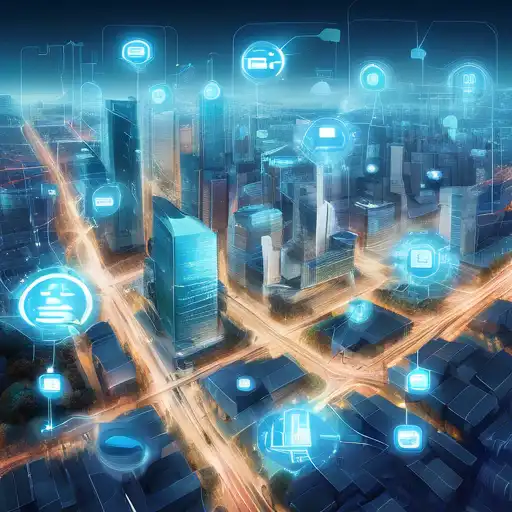Introduction to IoT in Smart Cities
The Internet of Things (IoT) is revolutionizing the way urban areas operate, making cities smarter, more efficient, and more sustainable. By connecting devices and systems across a city, IoT enables real-time data collection and analysis, leading to improved decision-making and enhanced quality of life for residents.
Key Benefits of IoT in Smart Cities
IoT technology offers numerous advantages for smart cities, including:
- Enhanced Public Safety: IoT devices like surveillance cameras and sensors can monitor public spaces, reducing crime rates and improving emergency response times.
- Improved Traffic Management: Smart traffic lights and sensors can analyze traffic flow, reducing congestion and pollution.
- Energy Efficiency: Smart grids and meters optimize energy use, lowering costs and environmental impact.
- Waste Management: IoT-enabled bins and waste collection systems ensure timely disposal, keeping cities cleaner.
Challenges and Solutions
Despite its benefits, implementing IoT in smart cities comes with challenges such as data privacy concerns and high initial costs. However, solutions like robust cybersecurity measures and public-private partnerships can help overcome these obstacles.
Future Prospects
The future of IoT in smart cities looks promising, with advancements in AI and machine learning further enhancing urban living. As technology evolves, we can expect even greater integration of IoT in city planning and management.
Conclusion
IoT is a cornerstone of smart city development, offering solutions to urban challenges and improving residents' lives. By embracing IoT, cities can become more sustainable, efficient, and livable for future generations.
For more insights into urban innovation, explore our articles on urban development and sustainable technology.
